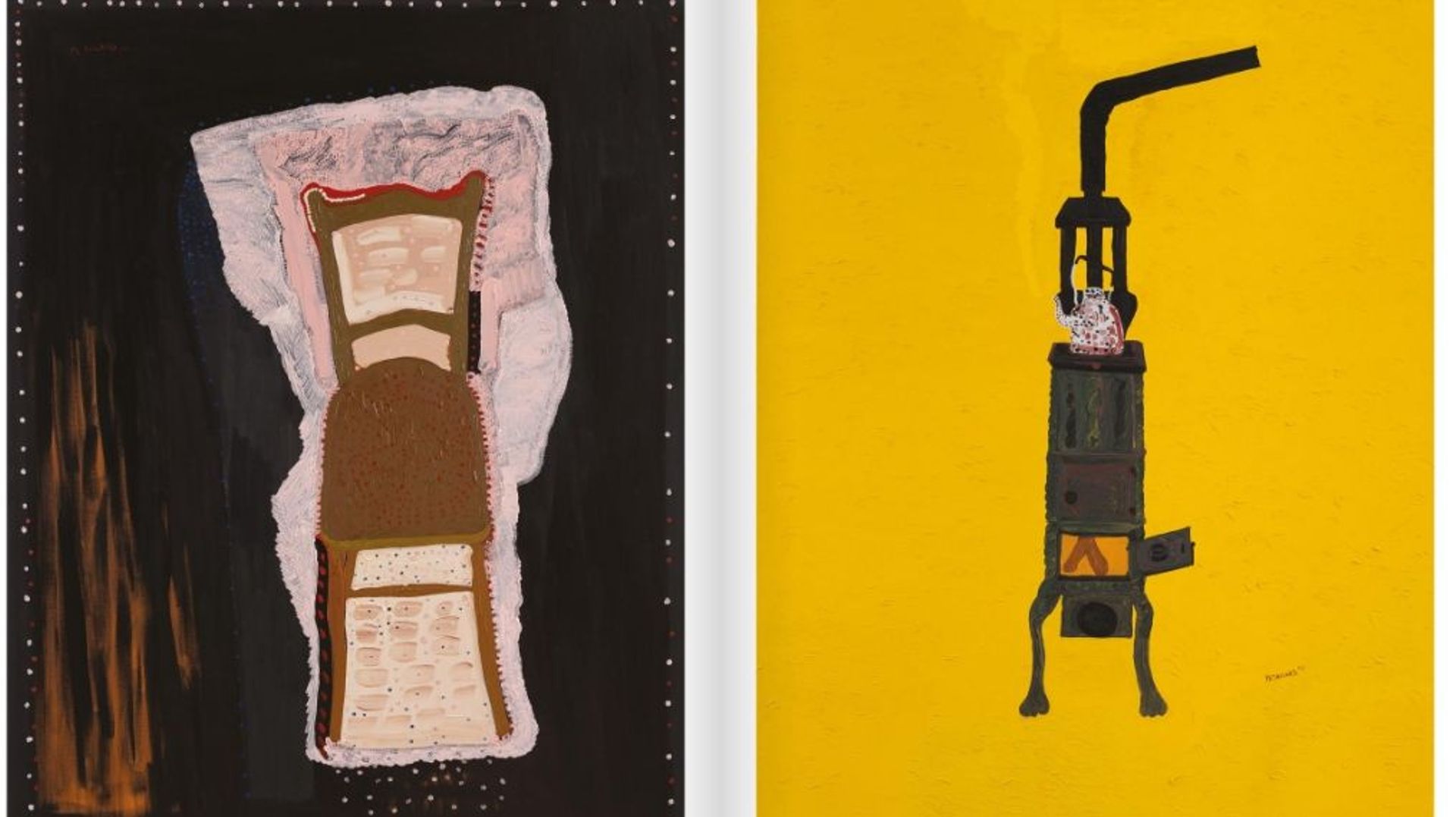
Threatened fish named “animal of the year”
The common grayling, a fish that is no longer as plentiful in Swiss rivers as its name would suggest, has been named animal of the year for 2007.
Pro Natura, the country’s leading conservation agency, which accorded the fish the honour, warned that it faced an uncertain future owing to loss of habitat.
Traditionally found in lower-lying areas of Switzerland, the common grayling prefers fast-flowing, oxygen-rich, gravel-bottomed waterways in which to live and breed.
But, according to Pro Natura, these conditions are proving harder and harder to come by, as installations – notably hydropower projects – have altered the direction and flow of many rivers.
The organisation claims the latter have had devastating consequences for the common grayling, which it says is one of Switzerland’s most eye-catching fish species due to its prominent dorsal fin.
Dams and weirs have split populations, as well as slowing the flow of some rivers, explained Pro Natura on Monday. As a consequence, mud has coated riverbeds, preventing the fish – also known as the European grayling – from laying its eggs.
Disappearing habitat
Pro Natura says the production of hydroelectricity also leads to sharp fluctuations in water levels. When large quantities of water are released, the sudden rush sweeps away eggs, young and mature fish.
Nicolas Wüthrich, spokesman for Pro Natura, said an additional problem was that accurate figures for common grayling numbers in Switzerland did not exist.
To highlight the destruction of river habitats, the organisation has launched a campaign – Free Our Rivers – claiming that nine out of ten Swiss waterways no longer flow naturally.
It says human intervention has caused the disappearance of eight out of 54 native fish species, and warns that 34 are at risk.
In 2006 Pro Natura designated the ibex, which features on its logo, as its animal of the year.
Last year marked the centenary of the reintroduction into Switzerland of the ibex, a type of wild mountain goat with large curved horns.
The ibex was hunted into extinction at the beginning of the 19th century, but the country is now home to around 14,000.
swissinfo with agencies
Known as the “lady of the stream”, the grayling boasts a large and colourful dorsal fin.
A bottom-dwelling fish, it feeds mainly on nymphs, shrimps, worms, larvae and other river-borne foods.
Grayling breed from March to April, laying their eggs on sand or fine gravel.
The presence of the fish in large numbers is seen as a sign of a clean river.

In compliance with the JTI standards
More: SWI swissinfo.ch certified by the Journalism Trust Initiative
















![The four-metre-long painting "Sonntag der Bergbauern" [Sunday of the Mountain Farmers, 1923-24/26] had to be removed by a crane from the German Chancellery in Berlin for the exhibition in Bern.](https://www.swissinfo.ch/content/wp-content/uploads/sites/13/2025/12/01_Pressebild_KirchnerxKirchner.jpg?ver=bb19e376)














You can find an overview of ongoing debates with our journalists here . Please join us!
If you want to start a conversation about a topic raised in this article or want to report factual errors, email us at english@swissinfo.ch.